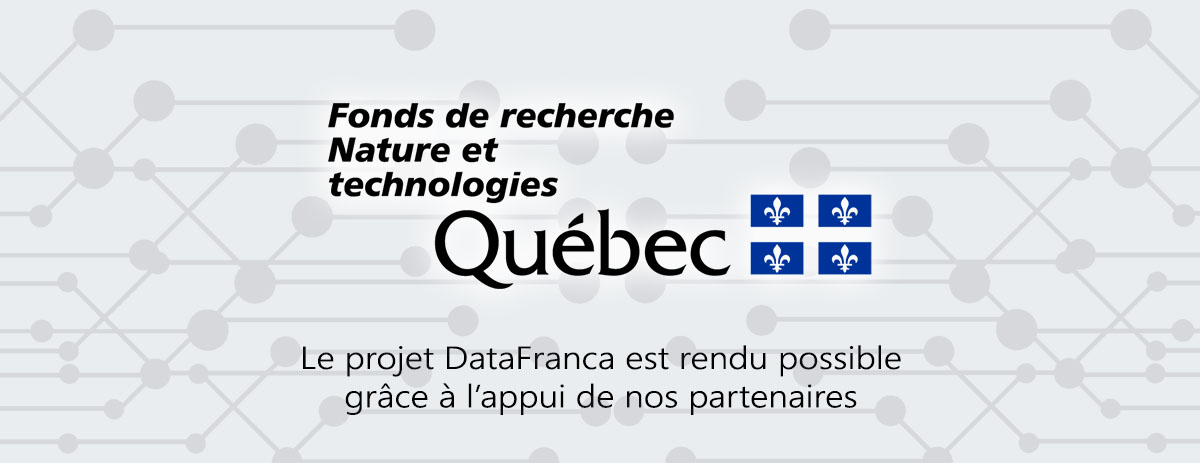Table Augmented Generation
en construction
Définition
Français
xxxxx
Anglais
Table Augmented Generation
TAG
Table Augmented Generation (TAG) is a new approach in natural language processing (NLP) that merges structured data, such as tables, with text generation models. The goal of TAG is to enhance the accuracy, relevance, and depth of machine-generated content by allowing models to reference and reason over tabular data. By integrating tables into the generation process, TAG can significantly improve outputs in areas like report generation, business intelligence, and customer service, where both numerical and textual information are crucial. In practice, Table Augmented Generation enables models to draw insights from data in tables and blend them seamlessly into narratives. This ability to reference specific data points helps to produce more informed and contextually relevant text, reducing factual inaccuracies or inconsistencies. As a result, industries that rely on data-heavy reports, such as finance, healthcare, and market analysis, can benefit from automating content generation without sacrificing precision. TAG represents a leap forward for AI by bridging the gap between unstructured text generation and structured data interpretation, opening up new possibilities for data-driven storytelling and decision-making.
Sources
Contributeurs: wiki







